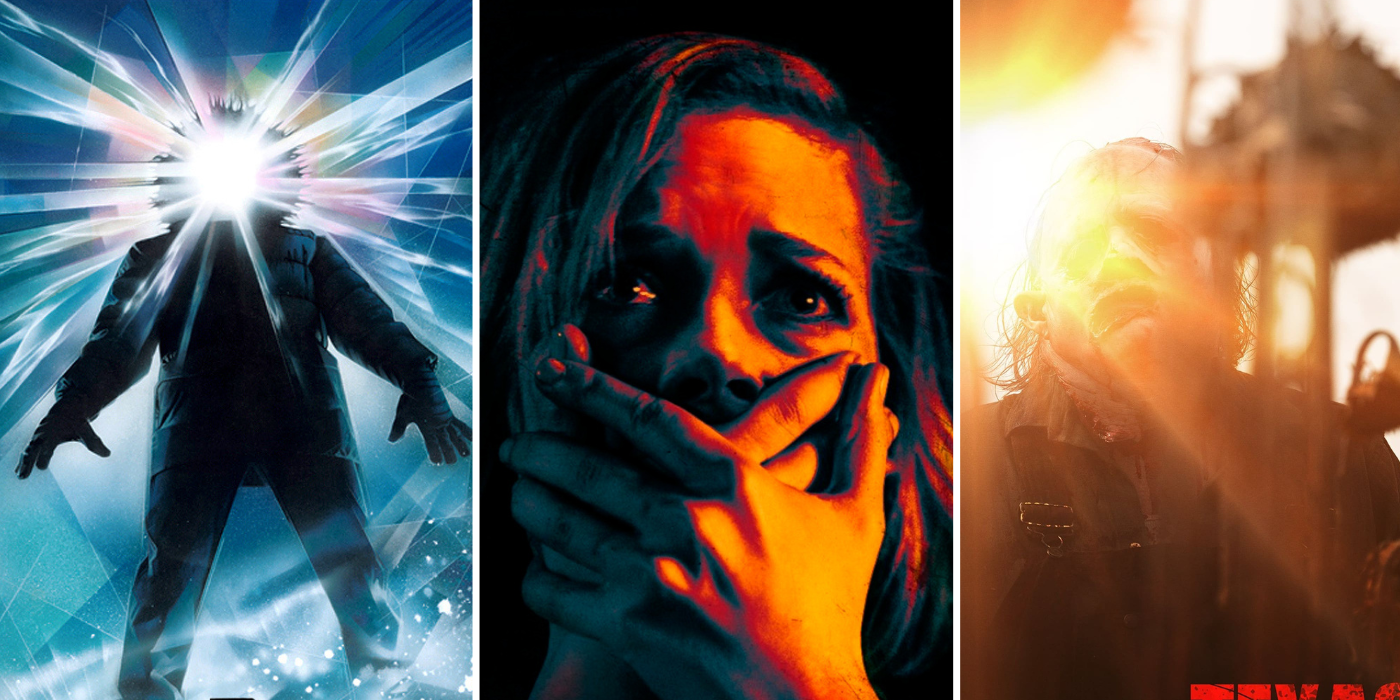Horror cinema has been defined through use of a series of tropes which, when combined, can create stories that genuinely terrify their viewers. Ranging from slashers chasing college kids in the woods to eerie cases of haunted houses, tension and suspense have been key to this. However, some horror movies have sacrificed being genuinely scary in favor of gory, bloody demonstrations of violence. Some movies remain a demonstration of how tension builds horror better than anything else.Horror movies have relied on use of tension since the earliest films, such as Psycho, Peeping Tom and Dracula: Prince of Darkness. Tension in horror can best be described as the suspense experienced by viewers when their imagination and anxiety takes over from what the film doesn’t show them. This tension is often highest in a horror movie during chase sequences or the slow escalation of the threat posed by the villain. For this reason, it isn’t uncommon for the greatest horror movies to lack any violence for up to half of their runtime, with the rest being dedicated to the creation of a scary atmosphere. Throughout decades of horror, the films that have best stuck in the minds of audiences weren’t the bloodiest: They were the creepiest.Horror movies use a series of tropes, themes and clichés to reel in audiences and deliver some good scares to their fear-loving audiences. One of the best of these ever put to film can be found in John Carpenter’s iconic film The Thing. Set in a US research station in Antarctica, the film follows the base’s staff after they take in a stray dog fleeing Norwegians from a nearby base. After the animal’s attackers were killed, the Americans took the dog in, later realizing it was a shape-shifting alien intent on assimilating everyone it could. With the group left to wonder which of their friends had been taken over, the story descended into a long night of paranoia, with the characters all shut in together from the harsh desolation of their environment.10 Halloween Movies to Watch If You’re Not A Horror Fan
Horror cinema has been defined through use of a series of tropes which, when combined, can create stories that genuinely terrify their viewers. Ranging from slashers chasing college kids in the woods to eerie cases of haunted houses, tension and suspense have been key to this. However, some horror movies have sacrificed being genuinely scary in favor of gory, bloody demonstrations of violence. Some movies remain a demonstration of how tension builds horror better than anything else.
Horror movies have relied on use of tension since the earliest films, such as Psycho, Peeping Tom and Dracula: Prince of Darkness. Tension in horror can best be described as the suspense experienced by viewers when their imagination and anxiety takes over from what the film doesn’t show them. This tension is often highest in a horror movie during chase sequences or the slow escalation of the threat posed by the villain. For this reason, it isn’t uncommon for the greatest horror movies to lack any violence for up to half of their runtime, with the rest being dedicated to the creation of a scary atmosphere. Throughout decades of horror, the films that have best stuck in the minds of audiences weren’t the bloodiest: They were the creepiest.
Horror movies use a series of tropes, themes and clichés to reel in audiences and deliver some good scares to their fear-loving audiences. One of the best of these ever put to film can be found in John Carpenter’s iconic film The Thing. Set in a US research station in Antarctica, the film follows the base’s staff after they take in a stray dog fleeing Norwegians from a nearby base. After the animal’s attackers were killed, the Americans took the dog in, later realizing it was a shape-shifting alien intent on assimilating everyone it could. With the group left to wonder which of their friends had been taken over, the story descended into a long night of paranoia, with the characters all shut in together from the harsh desolation of their environment.
#Tension #Horror #Gore #Movies #Prove
Note:- (Not all news on the site expresses the point of view of the site, but we transmit this news automatically and translate it through programmatic technology on the site and not from a human editor. The content is auto-generated from a syndicated feed.))



